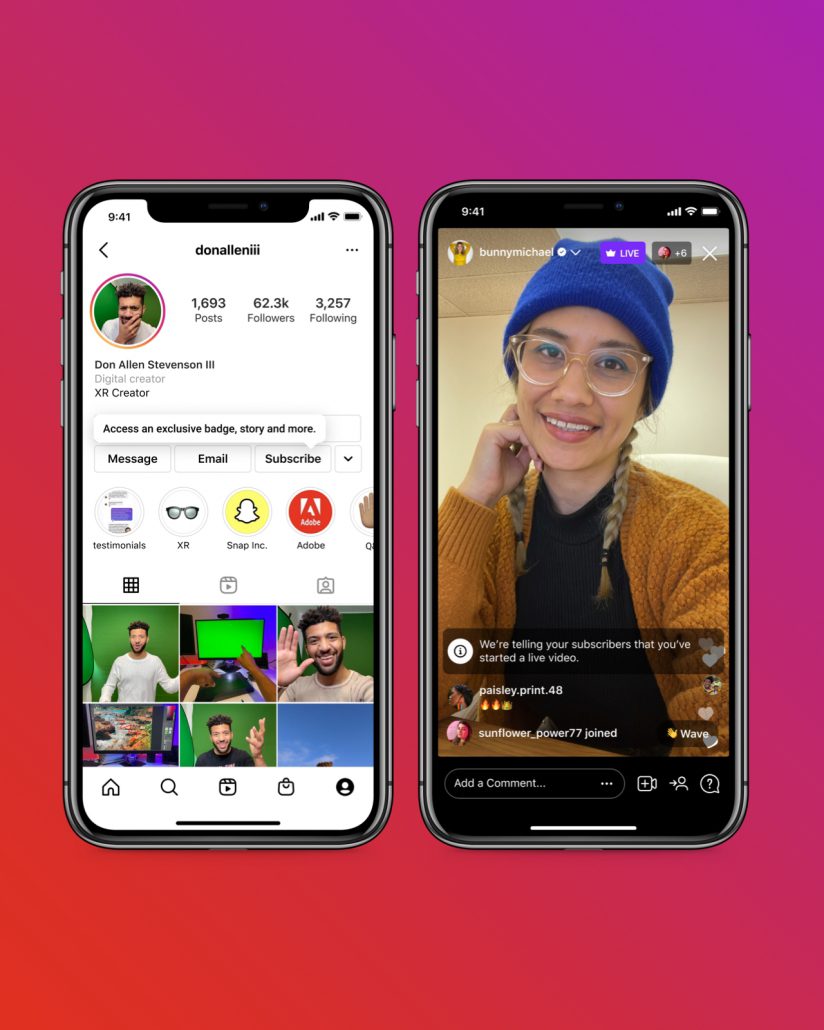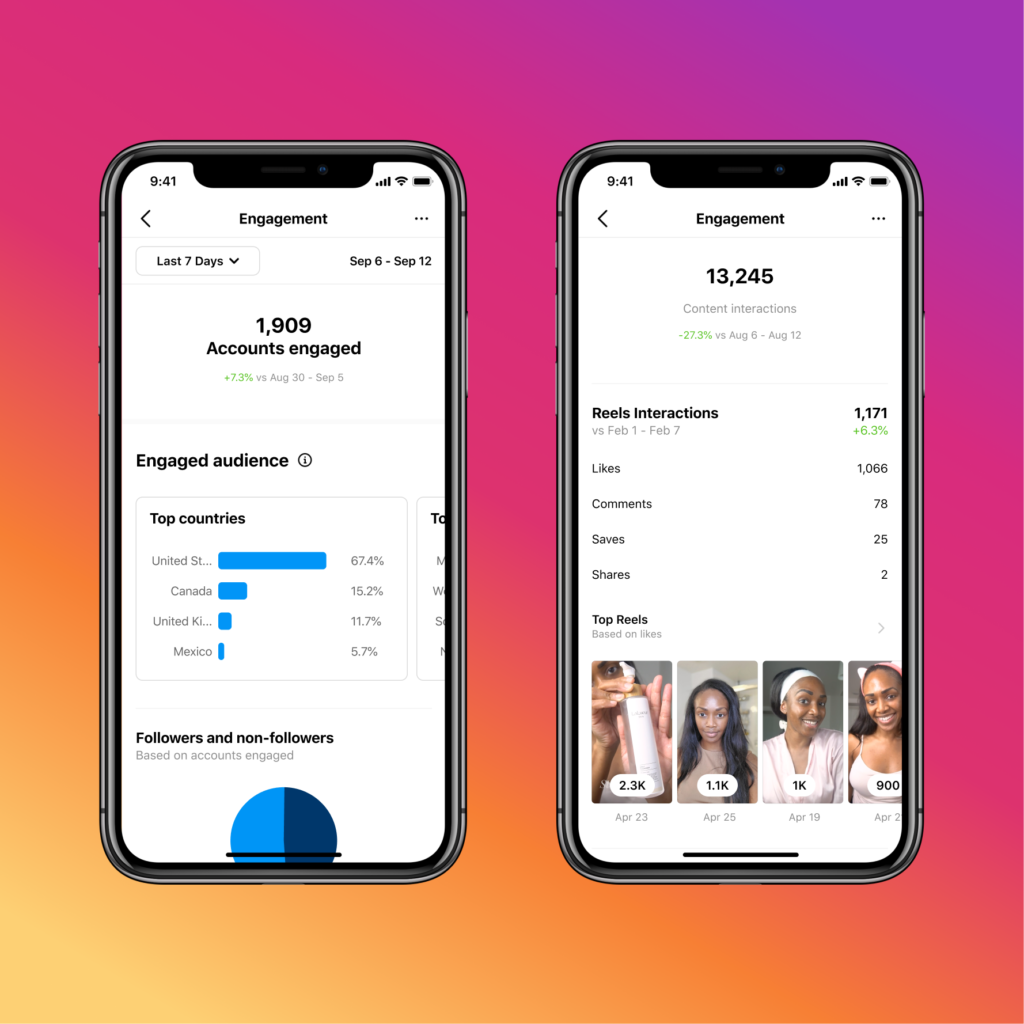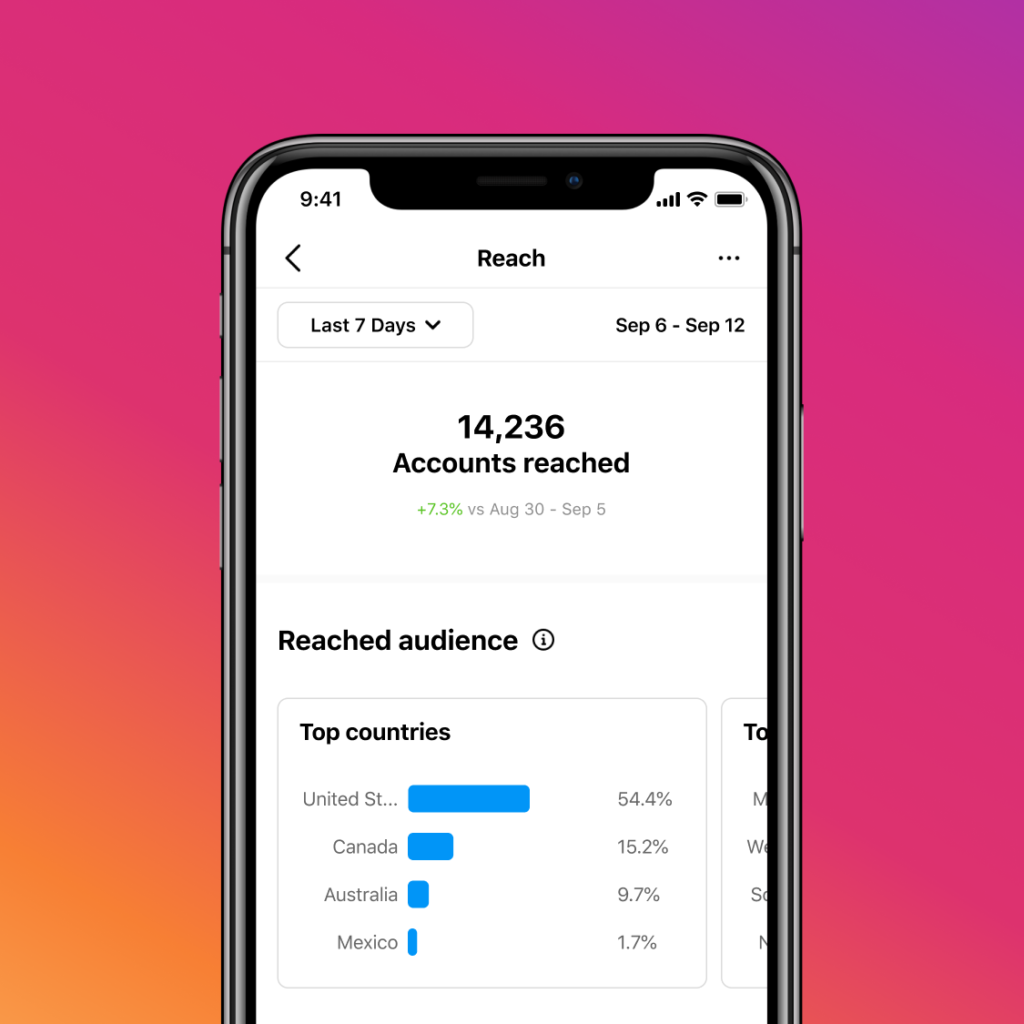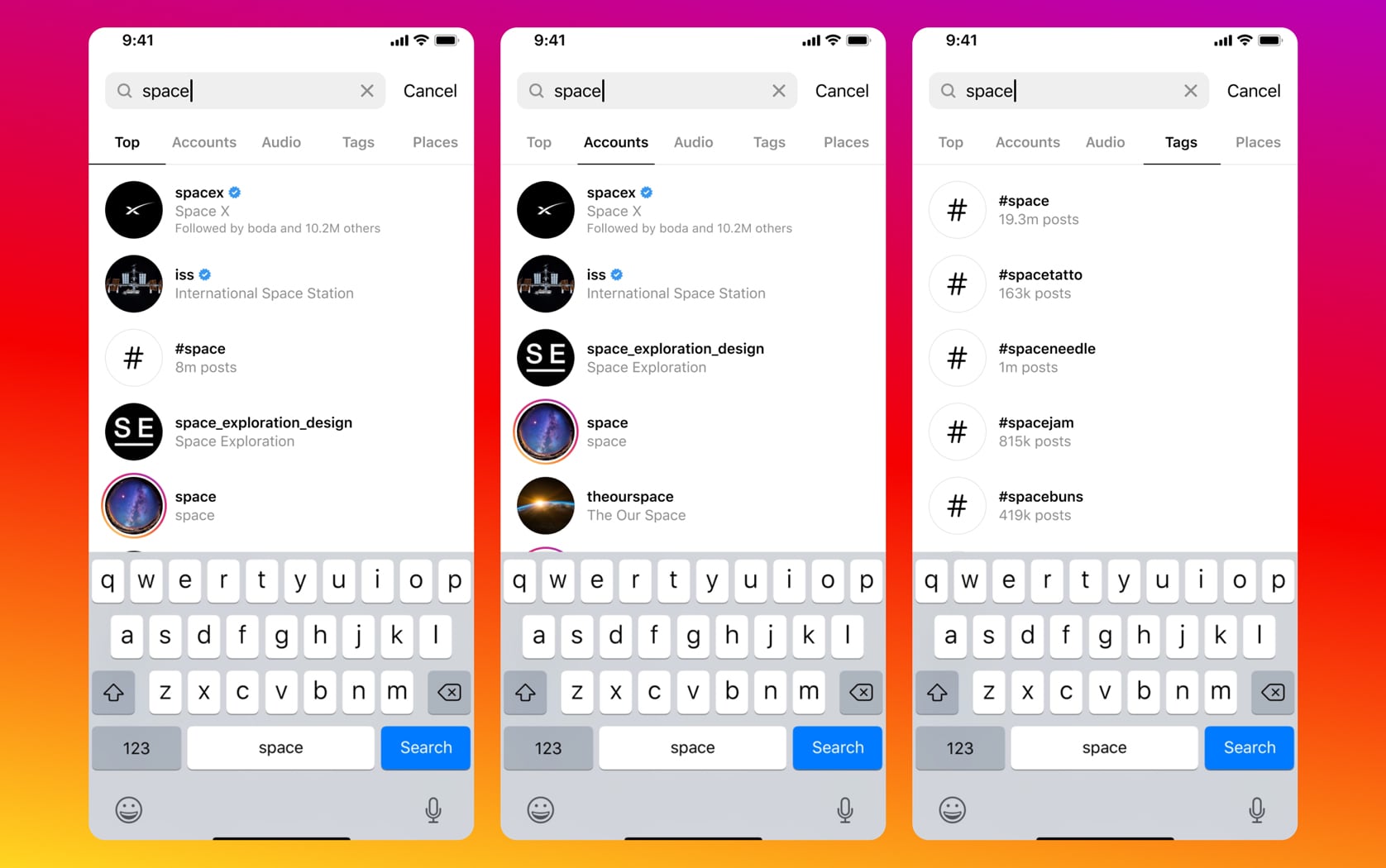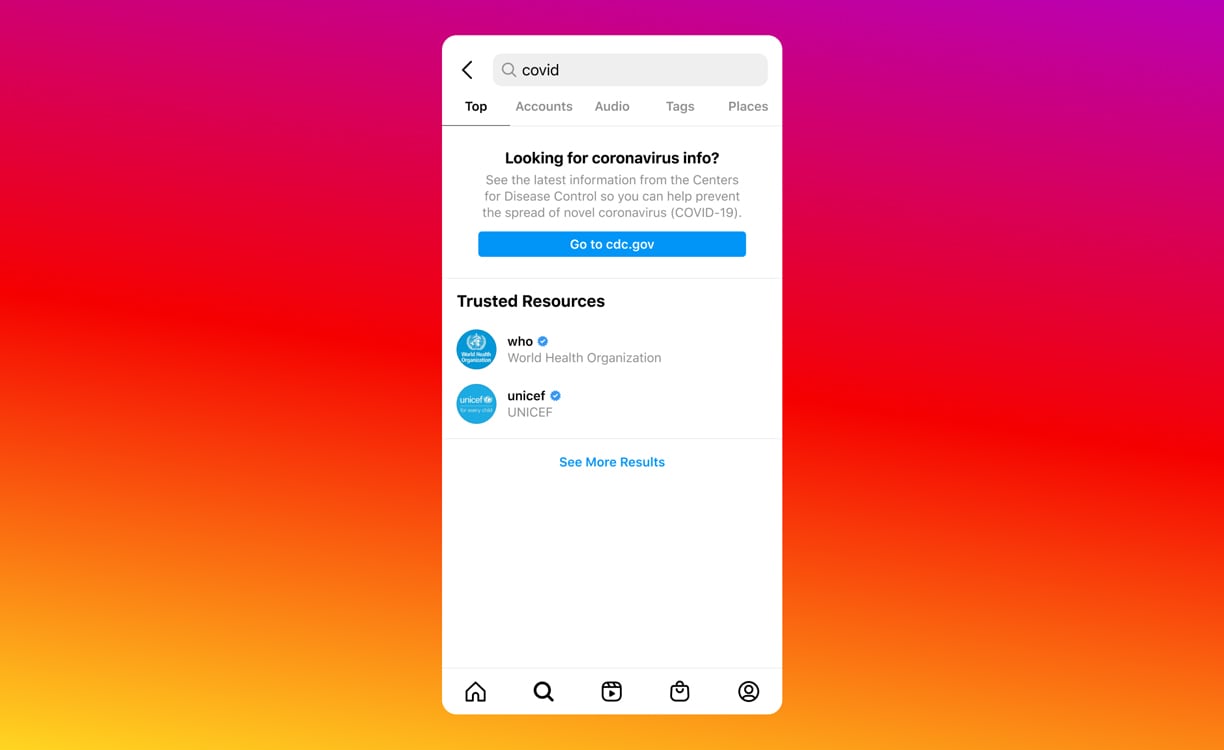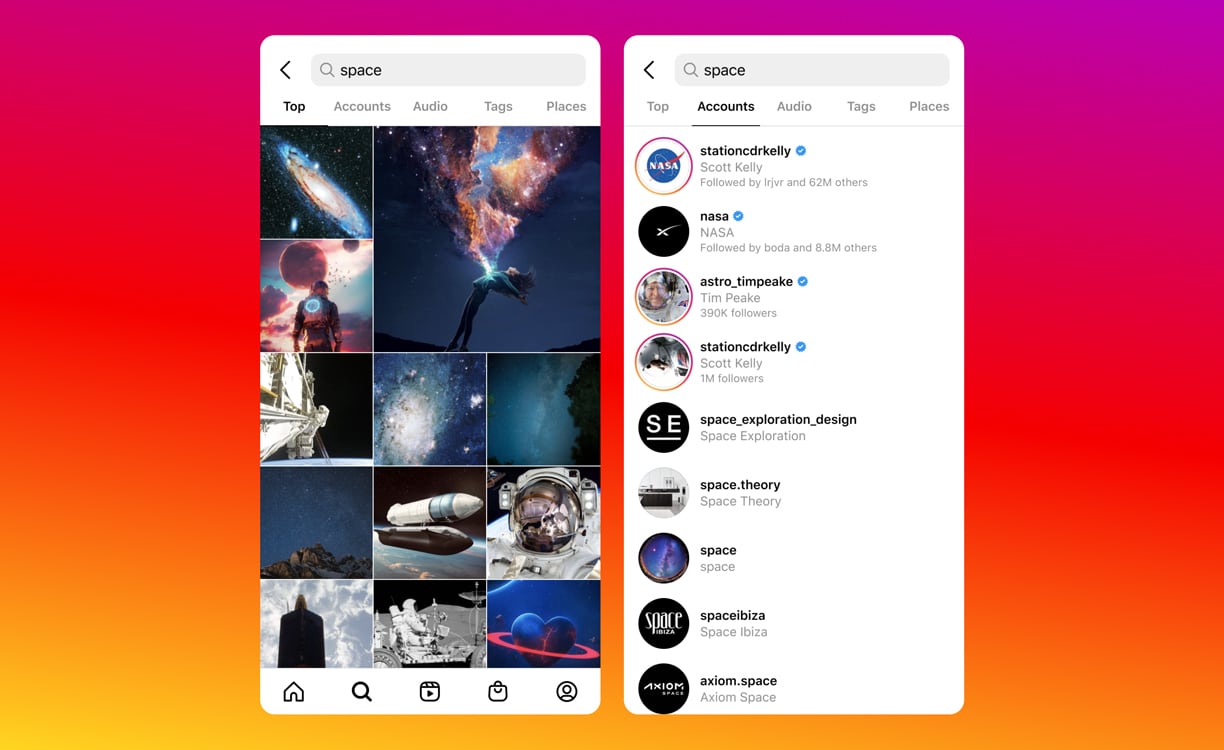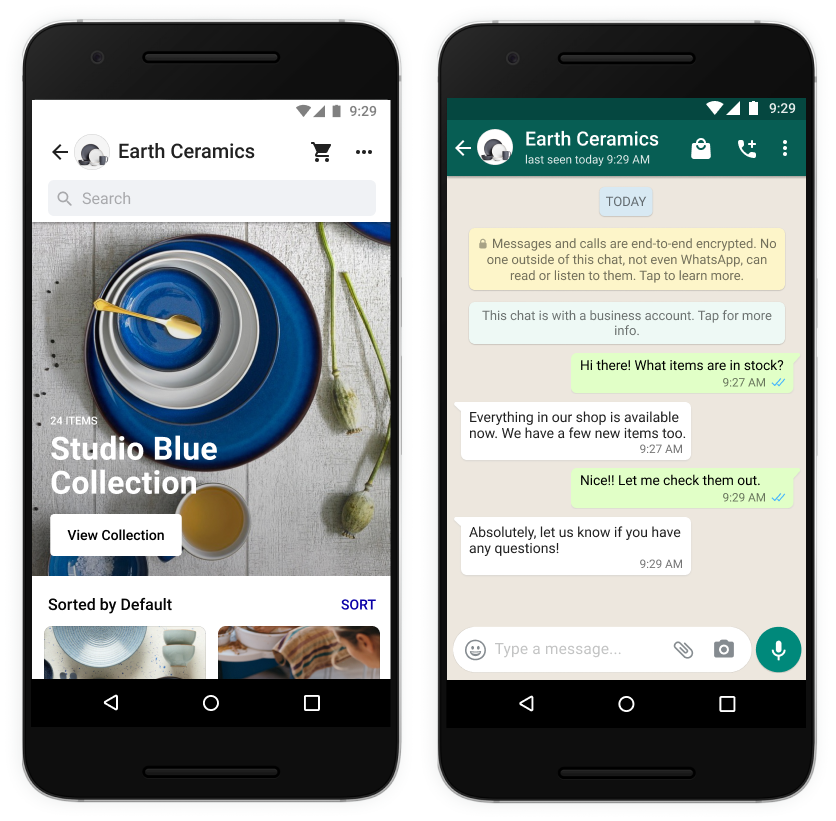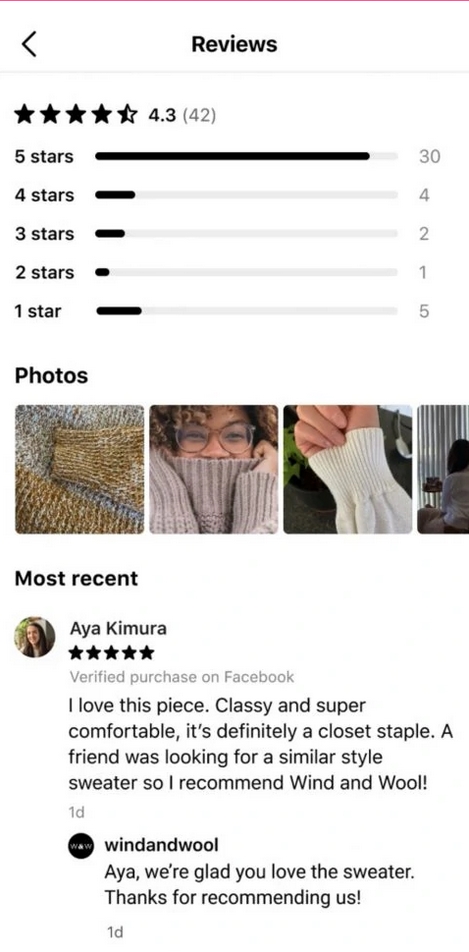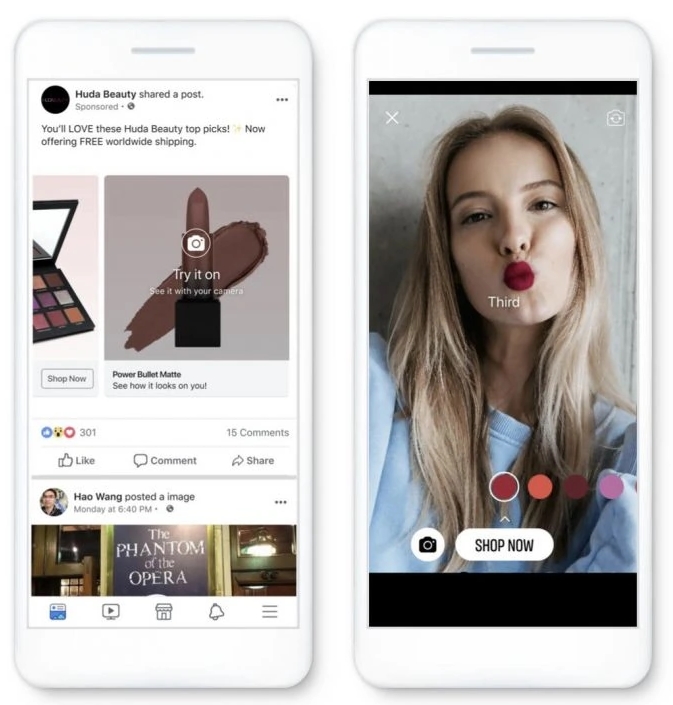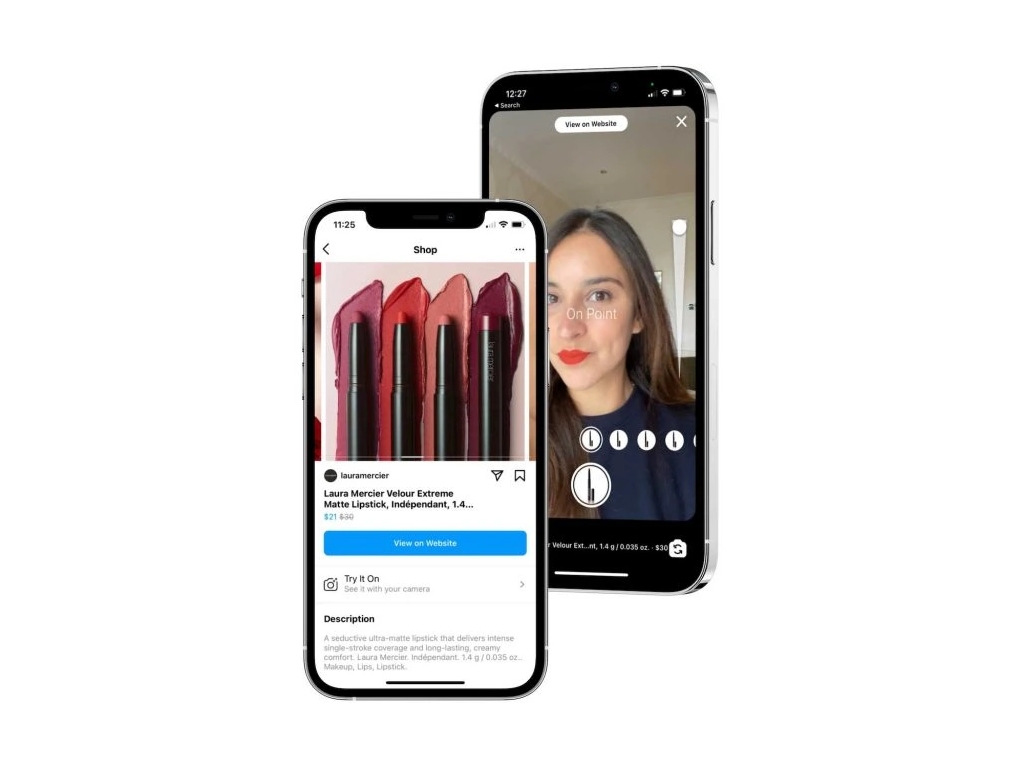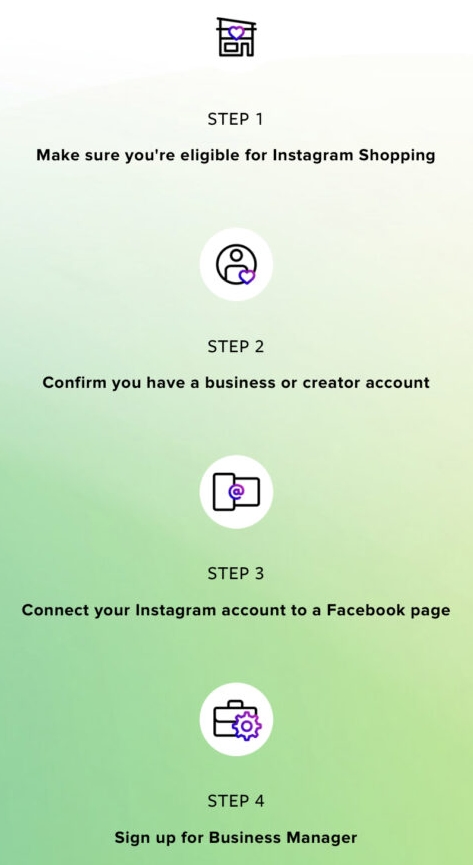Following the massive success of online shopping through Facebook and Instagram, Facebook announced it is bringing Shops to WhatsApp along with a slew of other new e-commerce features.
According to the announcement, nearly 75% of people said they use Facebook-owned social networks to discover brands or products online.
Even more, some industries have seen wild gains with over 85% of people surveyed saying they had purchased a fashion, beauty, furniture, or electronic product they first found through a Facebook platform.
Now, the company’s goal is to streamline the process while bringing in new features and expanding shopping capabilities to the often forgotten WhatsApp.
To achieve this goal, the latest updates include:
- Bringing Shops To More Places
- Introducing Customer Reviews on Instagram
- Creating Personalized Shop Ads
- Opening AR Features To More Brands
Let’s look at each of these a bit more in-depth.
Bringing Shops To More Places
When setting up a Shop, brands have been presented with two options for where their products can appear: Facebook and Instagram. Now, those options are finally getting expanded.
First, brands in the U.S. will have the option to also showcase their products in Marketplace.
With over one billion people using Marketplace every month, it only makes sense that Facebook would be making it easier to get their products included.
Additionally, businesses in several countries around the world are also getting the ability to put their shop on WhatsApp, the popular Facebook-owned message and phone call app.
With this, users will be able to browse your entire product catalogue, share products with friends, and ask you questions they might have about your products without leaving the app.
Best of all, you only have to set up your store once to have it up and running on all three apps.
Introducing Customer Reviews on Instagram
In the coming months, users will begin getting the ability to rate and review products they’ve purchased in Shops on Instagram.
Similar to most modern online product reviews, users will be able to leave a simple star rating, write a longer in-depth text review, and share pictures of the real-life products with others.
Brands will also be able to leave responses to address any concerns or manage customer-service opportunities.
As the announcement says:
“We always want shoppers to feel confident in the purchases they make, so we’re giving people more information before they buy…
“These changes will help people make more informed decisions on what to buy, and will let businesses know if they are meeting customer expectations.”
Creating Personalized Shop Ads
Facebook is introducing a new type of personalized ads for shops which will showcase curated collections to those most likely to purchase.
By comparing past shopping behavior, the platform is attempting to connect users with the products most likely to excite them.
Facebook says:
“Personalized ads are often the beginning of the shopping journey and businesses want to offer shopping experiences that are seamless and personalized. That’s why we’re introducing Shops ads solutions that provide unique ads experiences based on people’s shopping preferences.”
Opening AR Features To More Brands
Augmented Reality (AR) has been predicted to be a major force in product advertising since the earliest days of the internet, and it is finally making good on that promise.
Smartphone cameras and increasing processing ability are making it possible for users to virtually “try on” products without having to deal with dirty dressing rooms or pushy attendants.
The last hurdle is making these tools widely available to brands that don’t have millions to spend on developing AR systems.
That is exactly what Facebook is hoping to do by developing new APIs that will make it easier for brands to integrate AR into their product catalogues.
The APIs will begin rolling out to beauty product brands in the near future, with support for other industries coming shortly after.
Along with these features, the social network says it is testing a new ad format which would use AR technology to allow users to “try on” products from your ads. Though it is only in testing currently, Facebook says it expects to roll out the ads to more brands by the end of the year.
